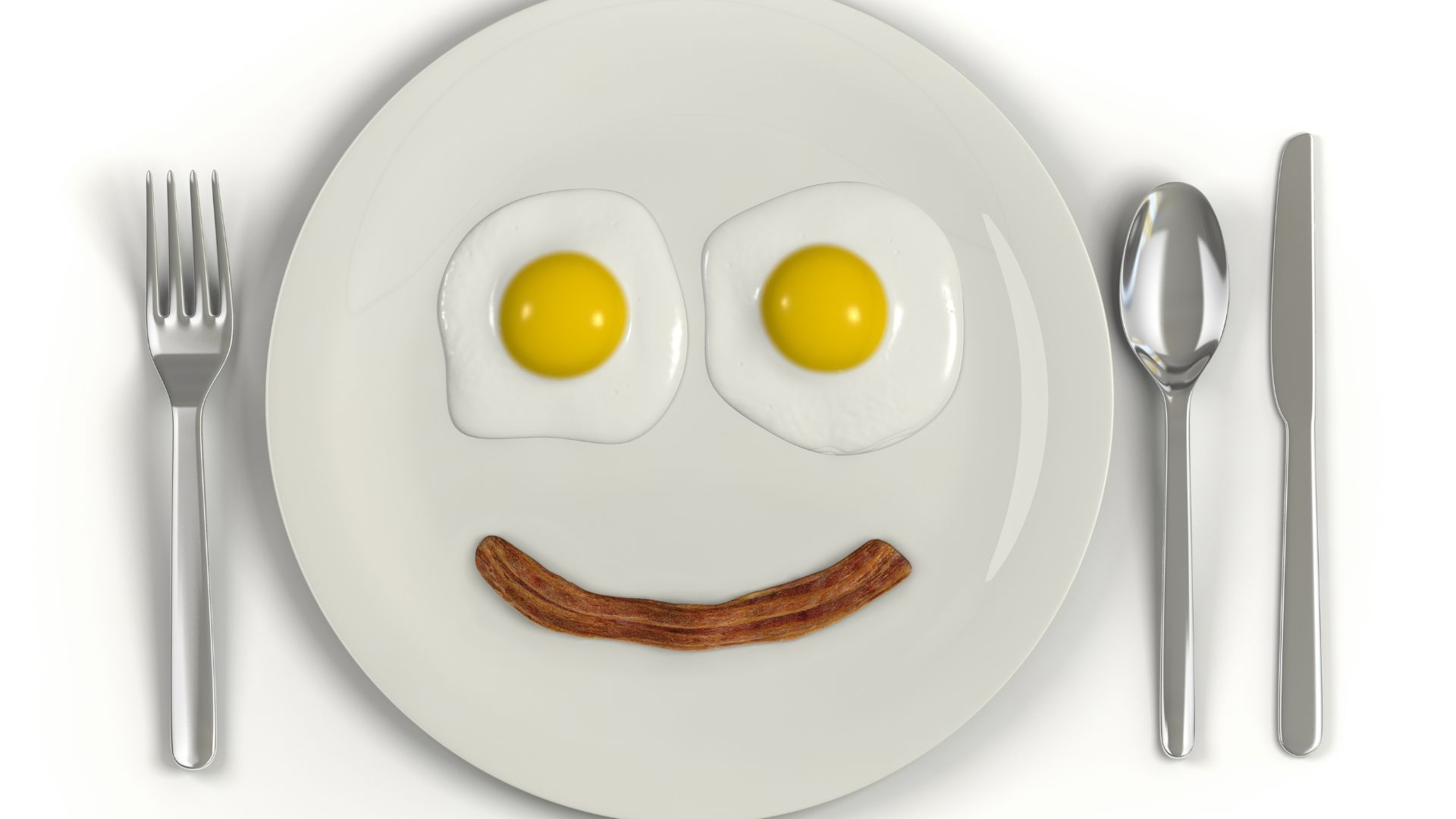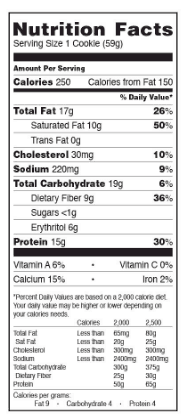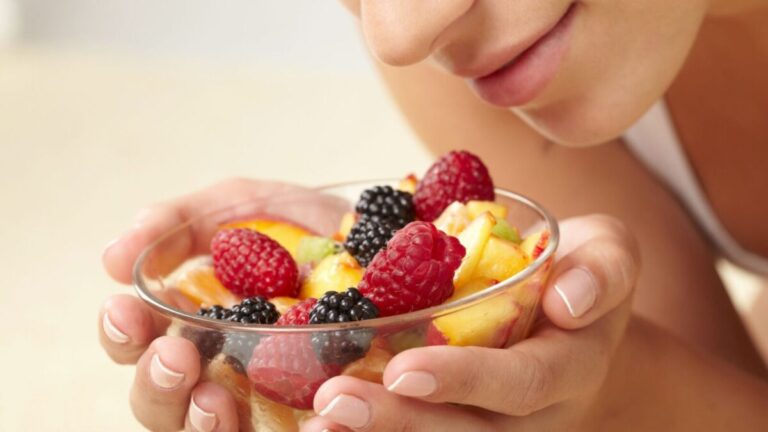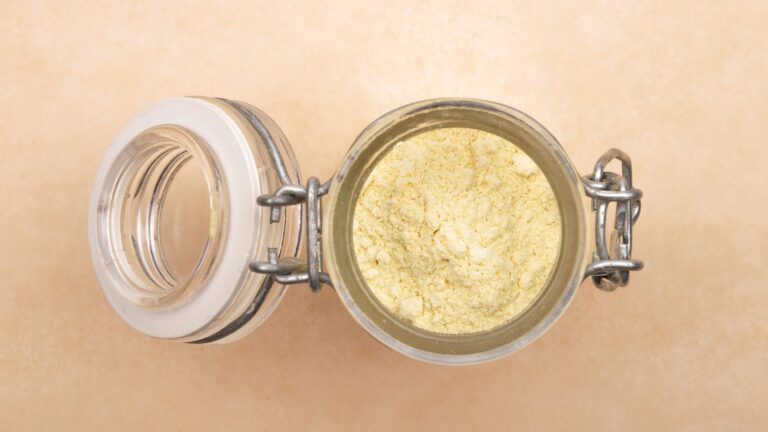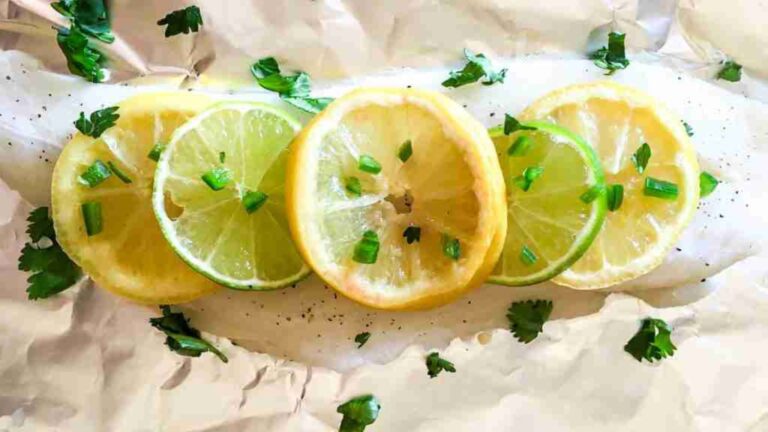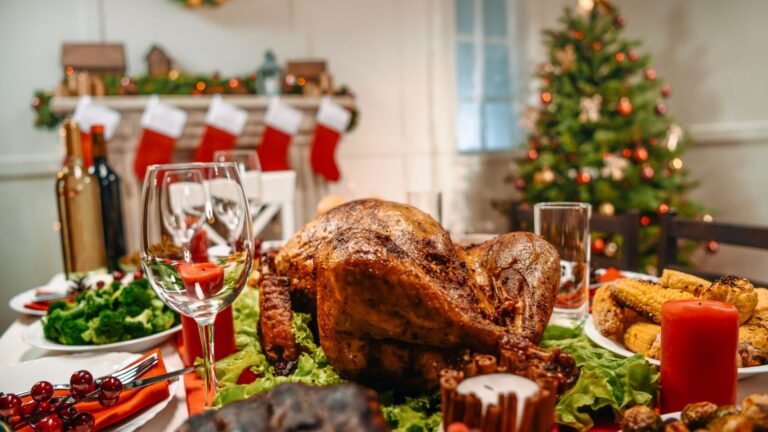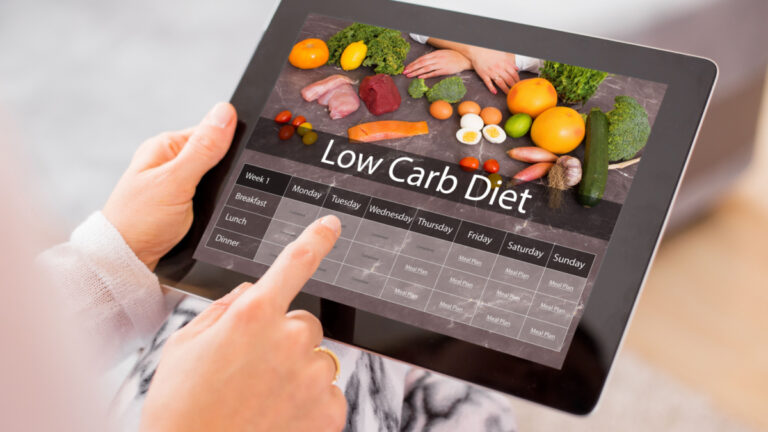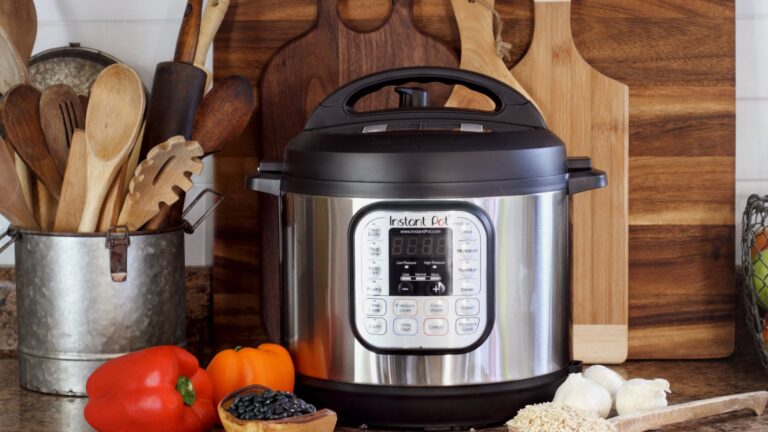Is a Low-Carb Diet Right For You? Everything You Need to Know Before You Start
There’s a lot of information online on the low-carb (ketogenic diet), what it is, what the benefits are, and what you can and can’t eat. I’m hoping to break this guide down into something like a keto for dummies, explaining what the keto diet is in layman’s terms so beginners can understand the diet better.
We have a lot to cover. After reading this article, you will know:
- What a low-carb diet is (keto)
- How it helps
- The benefits
- The side effects, and
- Much more!
What is the Keto Diet?
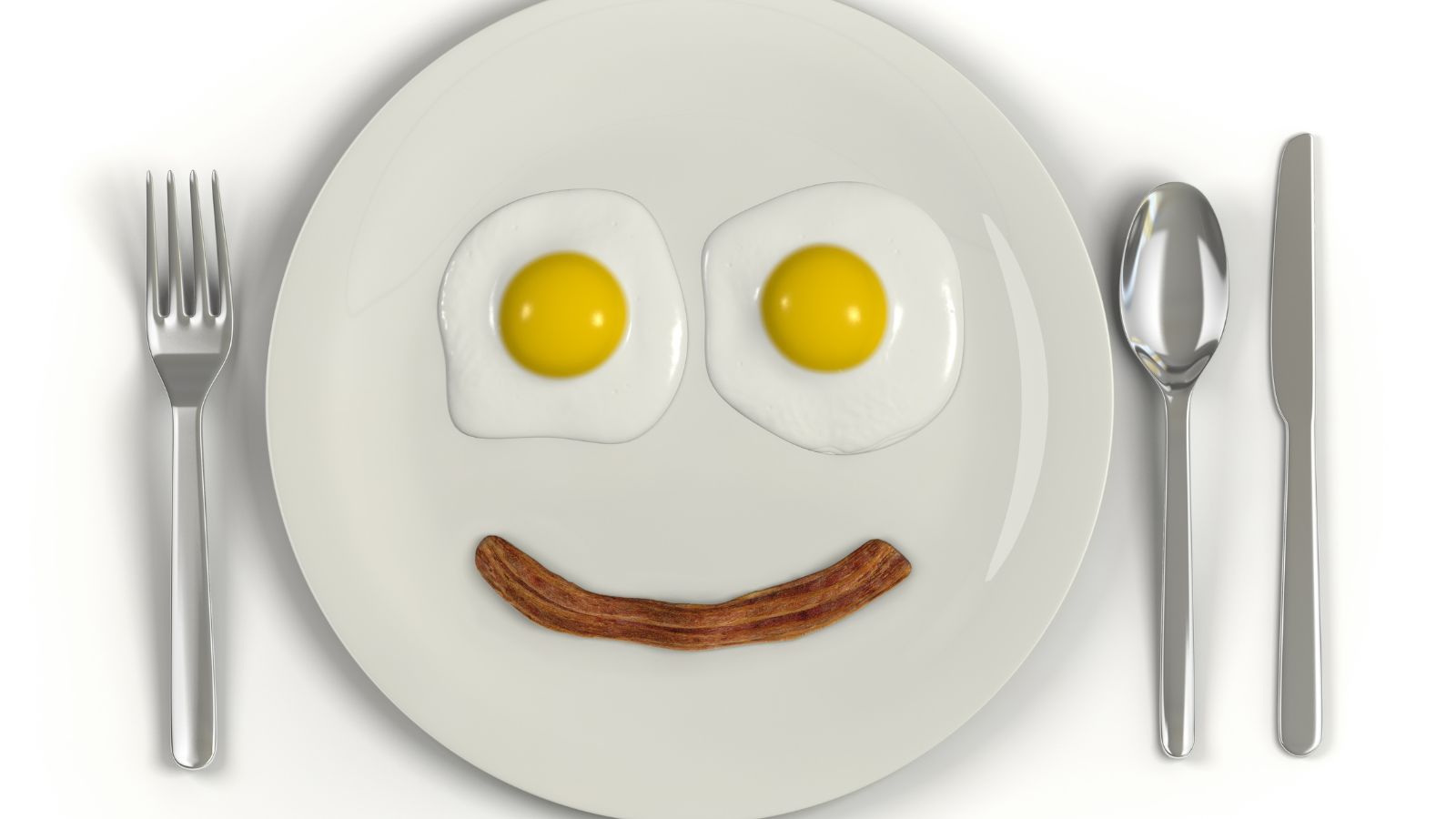 Pin
PinFirst things first, what the heck is the keto diet?
Okay so keto is short for ketogenic, ketones, or perhaps ketosis. On your current diet, you’re probably eating a lot of carbs, which your body breaks down into glucose, aka sugar, to be used as energy. If you haven’t used up all of your glucose, the rest gets stored as fat to be used later. How fun.
You and I both know that when later comes, this excess in storage never gets used because, by that time, we’ve stuffed our faces with more carby food.
What if you were to stop eating carbs altogether? Then you would be starving your body of it’s energy source. Your body would begin to process fat for fuel instead of carbs. Your liver turns fat into ketones, a fuel source just like glucose. Perhaps an even better source of energy than glucose if you ask me (and most experts.)
The process by which your liver turns fat into ketones is called ketosis. This is a metabolic state that your body enters where it’s burning fat for energy instead of carbs like we’re used to.
What happens to excess ketones?
The beauty of ketones is that they do not get stored as fat. They are peed out and even breathed out. Yes you heard me, when you use fat for fuel, you literally breathe out the excess, according to one doctor.
While this is exciting, it doesn’t mean you can eat fat with abandon. We’ll talk more about this later.
How do you get into ketosis?
To get into ketosis, the metabolic state where you are now burning fat for fuel instead of carbs, you need to consume only 20g of carbs or less per day.
It’s super important to check all your food labels and prepare most of your own meals to avoid hidden carbs from getting into your food since carbs (and sugar, aka more carbs) are everywhere.
That means to get into a state of ketosis, you will be eating much more healthy fats than before and consuming no sugar and much much less carbs.
It sounds crazy to be consuming fat in order to lose fat, but understand that fat isn’t the culprit here; it’s sugar.
We know sugar is bad for us, and carbs are broken down into sugar. Clean, healthy fruit compote on whole grain bread still equals carbs on top of carbs, which all get broken down into sugar.
Only 20 grams of carbs?
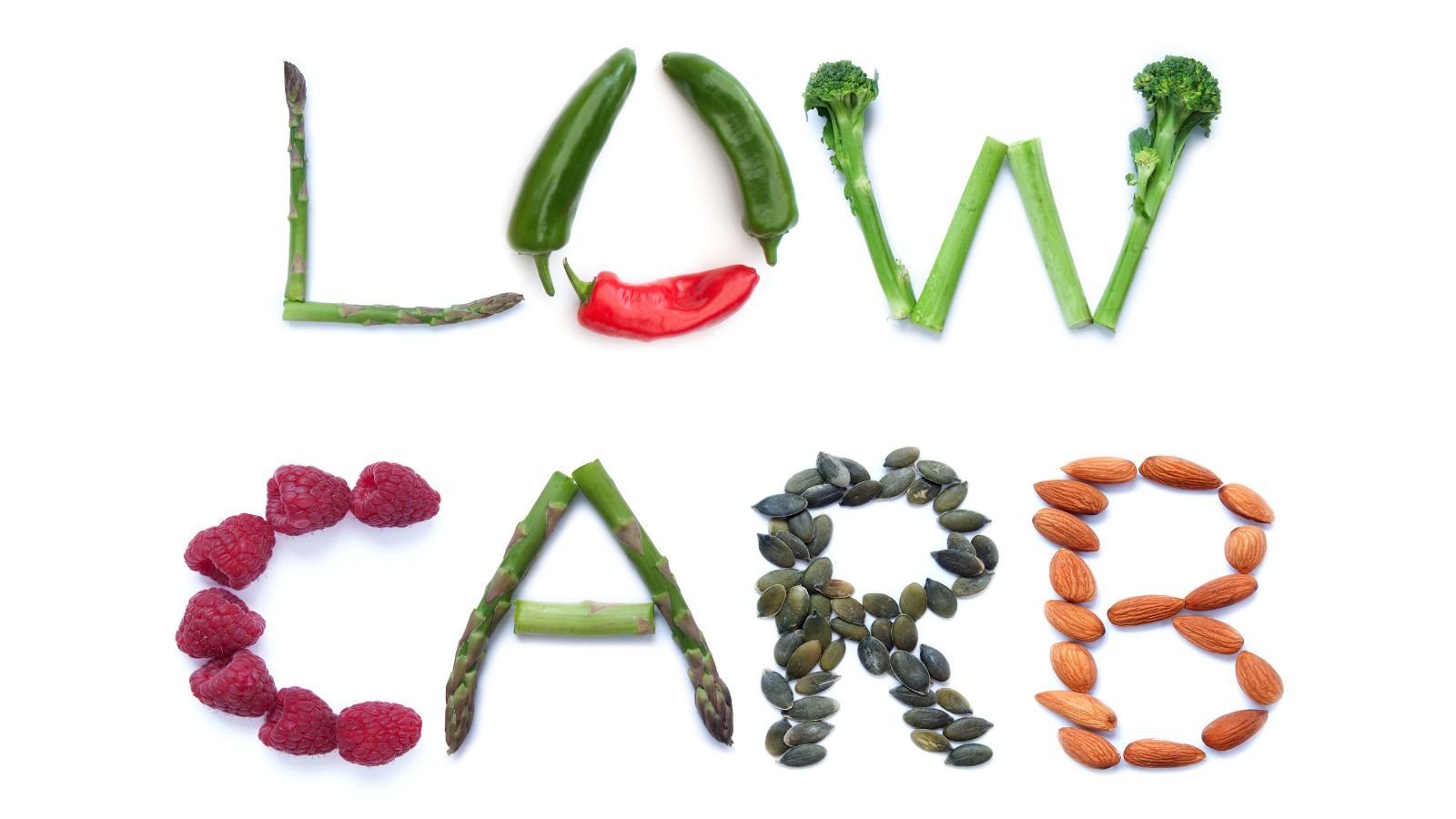 Pin
PinYes. It is the widely accepted rule that your daily carb intake should be below 20g of carbs to get into and stay in a state of ketosis.
Some people can go up to 50g of carbs and be ok, so you may want to test and monitor your ketone levels (spoken of below) to see where you fall in the range, but for most people, it’s below 20g of net carbs.
Net carbs?
Fiber and sugar alcohols are often included in the carb count on food labels and so you’ll want to subtract these from the carb count when calculating how much carbs you’re digesting since fiber and sugar alcohols are not digested by the body but simply passed out as waste.
Net carbs = carbs – fiber and sugar alcohols.
Let’s look at this label for these Quest Protein Chocolate Chip Cookies that are keto-friendly.
It looks like a high amount of carbs, with 19g in one cookie. However, it has 9g of dietary fiber and 6g of sugar alcohol from the Erythritol that’s used to sweeten these cookies.
19g-(9g+6g)=4g
Yep, this cookie only has 4 grams net carbs when you take out the fiber, much needed by the body to help you stay regular, and the sugar alcohol.
Erythritol is a keto-approved sweetener that is actually sugar-free. Stevia is another popular brand of keto-approved, no-calorie, sugar-free sweetener. Use these in baking or to sweeten your coffee, tea, and keto ice cream.
The Benefits of the Keto Diet
Of course, most of us are here to lose weight, but there are other benefits to using fat for energy instead of sugar, which makes this lifestyle even more appealing.
I wrote about the benefits of the keto diet here from a science-based perspective as well as my own personal experience with the diet, citing the benefits I have derived.
I’ll just list a few of them for you here:
- weight loss
- low blood sugar (great for reversing diabetes)
- reduced inflammation in the body, a cause of so many other lifestyle diseases
- improved brain health and mental clarity
- better digestion
- improved hormone function (it’s great for those with PCOS and fertility issues!)
- easy breezy monthly cycles (this is related to the point above)
The keto diet is also used to manage serious illnesses like epilepsy, cancer, high blood pressure, high cholesterol, heart disease, degenerative diseases like Alzheimer’s, and more.
How will you know when you’re in ketosis?
You know you’re in ketosis when you feel euphoria. No, really. Your hunger pangs go away, you have increased energy and mental clarity, and you’re dropping pounds!
You may also have a metallic taste in your mouth or smell it on your breath. It’s not a funky smell, but it’s different.
You can also test for ketones in your blood or urine. You can pick up ketone test strips at just about any pharmacy.
What foods do you eat on the keto diet?
Everything yummy! Fat is what gives most food its flavor, so it’s incredible to me that I can smother my brussel sprouts in bacon. Yum!
Here’s a link to a great website that will give you all that info you need on what you can and can’t eat on the keto diet!
Side Effects of the Keto Diet
Everything has a good and a bad side, and the keto diet is no different. It would be unfair of me to sing its praises and not tell you about some of the unpleasantries you’re in for in this way of life.
The good news is that all of these things can be avoided or managed easily and naturally. First up, what’s commonly referred to as the keto flu.
What is the Keto Flu?
The keto flu is not really a flu but is the symptoms you may feel once you begin to lessen your carb intake. Carb withdrawal is real and comes with symptoms similar to any other detoxing. You may get headaches, a sore throat, sniffles, and just a very uncomfortable feeling.
I avoided this on my first round of keto by putting lime/lemon in my water diligently every day. I also ate a lot of salty foods to restore my electrolyte balance, which will be knocked down once you lessen your carbs.
I did get a bit of the keto flu on my second cycle, but I simply added salt to my water to combat the effects, and the flu-like symptoms were kicked to the curb soon after.
Keto Supplements Will Be Necessary
You’ll want to increase your magnesium, potassium, and sulfate intake on this diet since keto dieters are usually deficient in these very important nutrients.
These are all-natural supplements that many people who aren’t on the keto diet are lacking anyway, but you want to be careful to include them, especially when following the ketogenic lifestyle. Magnesium will help you to sleep at night.
I definitely suffered from insomnia when transitioning to this way of life and had to cut out my beloved bulletproof coffee and take a magnesium supplement at night.
The Important Things to Remember on the Keto Diet
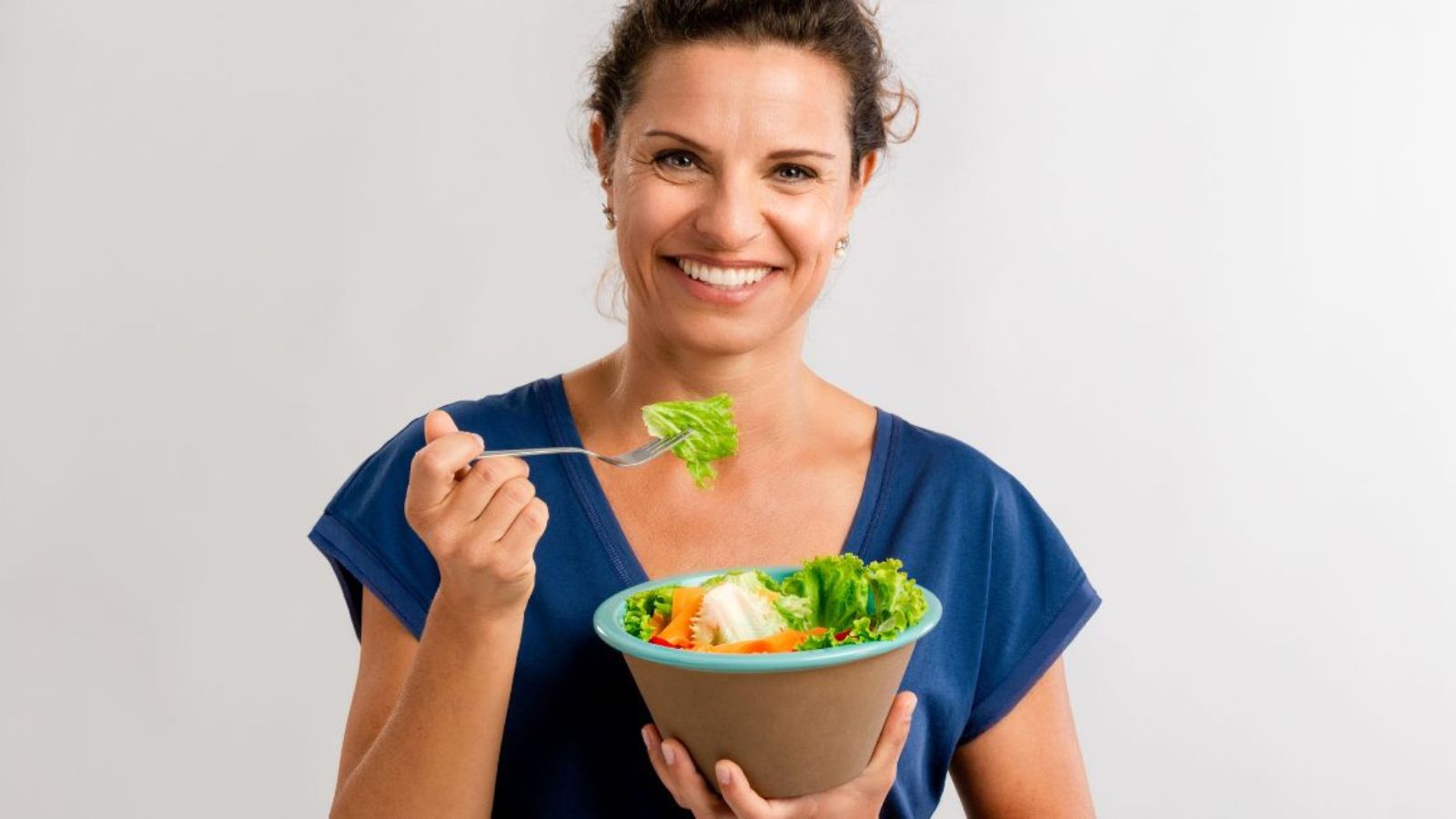 Pin
PinIf you’re going to transition to this lifestyle, it’s important to understand the basics of the diet so that you remain successful.
Always remember that you need to be under 20g of net carbohydrates every day to get and stay in ketosis.
Remember that fat is now your energy source, but the quality of fat matters. Real butter (not margarine), fatty cuts of meat, eggs, coconut oil no vegetable or soy oil), heavy cream, mayonnaise, quality cheeses, avocado, and nuts in moderation are your go-to sources for fat intake.
Drink lots of water to keep hydrated as it is easy to become dehydrated on this diet, and that will stall your weight loss.
Download apps on your phone to help you track your meals in the beginning. This will help you to see roughly how many carbs and calories you’re consuming each day and where you need to make any adjustments. Start with the MyFitnessPal app and CarbManager.
Most importantly, don’t be too rigid. Have fun with it, and find your comfortable balance. This is a lifestyle change, not a 30-day diet. Don’t get caught up on foods that are keto-approved or not.
Stay within your daily carb count or get back on the wagon as soon as possible if you fall off, and don’t be too hard on yourself.
